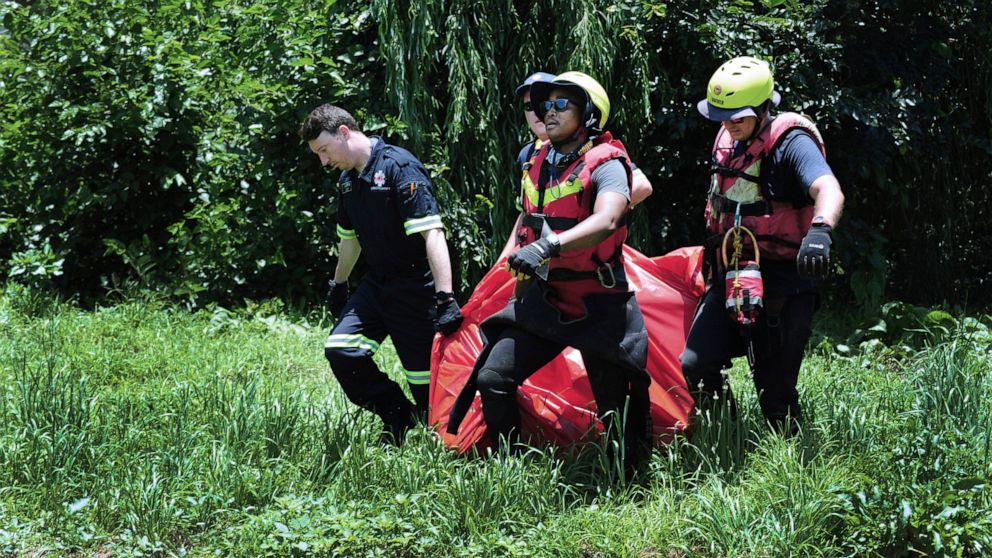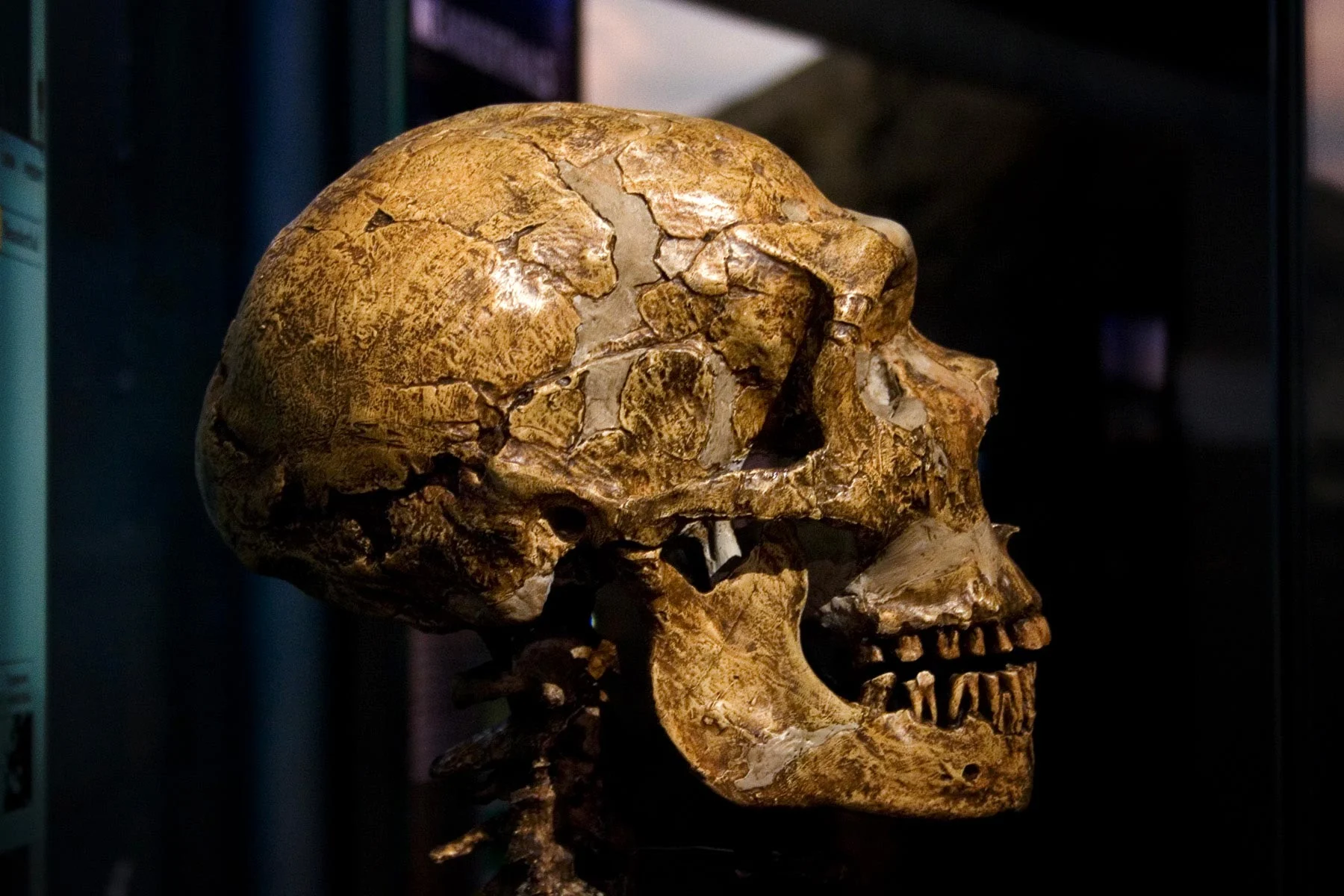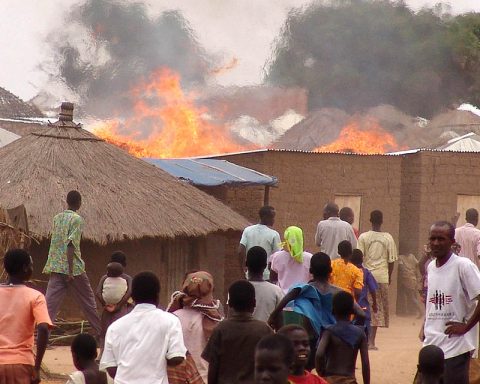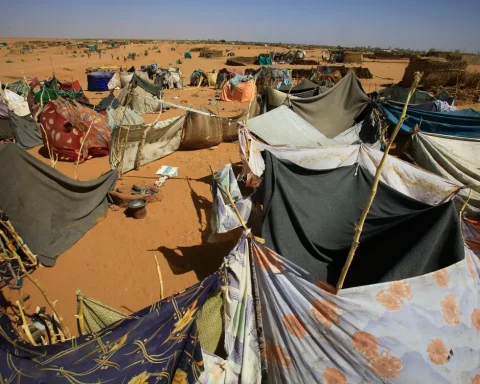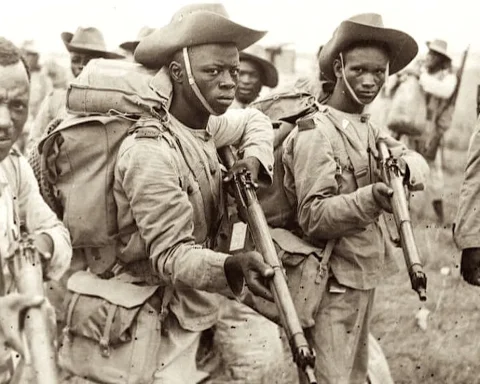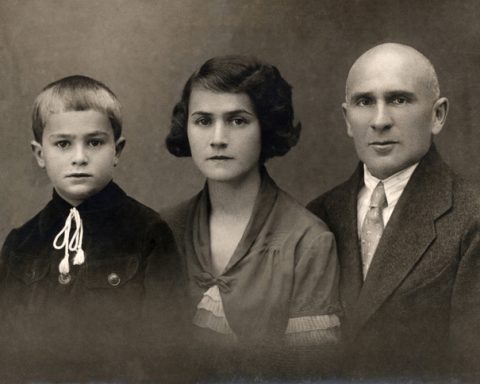The Sharpeville Massacre took place on March 21, 1960, in the community of Sharpeville, South Africa. The protest against apartheid resulted in the most South African deaths to date. It also came to symbolize the struggle.
Sharpeville, a black suburb near Vereeniging (approximately 50 miles south of Johannesburg), remained unaffected by anti-apartheid protests in neighboring towns throughout the 1950s. By 1960, anti-apartheid agitation had reached the town. In March 1960, Robert Sobukwe, a leader in the anti-apartheid Pan-Africanist Congress (PAC), led the town’s first protest against apartheid. To prevent violence, he sent a letter to Sharpeville’s police commissioner, stating that the protest would be peaceful.
On March 21, an estimated 7,000 South Africans gathered in front of the Sharpeville police station to protest against the restrictive pass laws. Nearly 300 police officers arrived to put an end to the peaceful protest. As they attempted to disperse the crowd, a police officer was knocked down and many in the crowd began to move forward to see what had happened.
According to police witnesses, policemen opened fire on the crowd in a frightened response after being thrown stones. Other witnesses claimed there was no instruction to open fire, and that the police did not fire a warning shot above the crowd. As protesters attempted to escape the violent scene, police fired into the gathering. Sixty-nine Africans were murdered and 186 injured, with the majority shot in the back.
The Sharpeville Massacre made the international community aware of apartheid’s evils. The slaughter led to widespread protests by black South Africans, which were severely suppressed by police and military.
On March 30, the South African government declared a state of emergency, making any protest against the law. The restriction was in place until August 31, 1960.
Over five months, over 25,000 people were detained throughout the country. In 1960, the South African government passed the Unlawful Organizations Act, prohibiting anti-apartheid organizations like the Pan Africanist Congress and the African National Congress.
However, the South African government’s harsh methods in response to the Sharpeville Massacre fueled and expanded the anti-apartheid movement, resulting in three decades of protests and resistance in the country and increasing condemnation from foreign leaders. Nelson Mandela’s election as president of South Africa in 1994 marked the end of apartheid.
In 1994, Mandela signed the country’s first post-apartheid constitution near the location of the 1960 massacre.
REFERENCES
- Reeves, Rt. Reverend Ambrose. “The Sharpeville Massacre – A watershed in South Africa”. sahistory.org.za. Archived from the original on 24 June 2013. Retrieved 15 July 2007.
- Macdonald, Fiona. “The photos that changed history – Ian Berry; Sharpeville Massacre”. www.bbc.com. Retrieved 12 December 2018.
- “Zambian Commemorates Sharpeville Massacre”. Black View. 1 (5): 1–10. 2013. JSTOR 43799086.
- Kaplan, Irving. Area Handbook for the Republic of South Africa. p. 603.
- “The Sharpeville Massacre”. Time Magazine. 4 April 1960. Retrieved 15 December 2006.
- Truth and Reconciliation Commission of South Africa Report, Volume 3, Chapter 6 (PDF). 28 October 1998. pp. 531–537. Retrieved 30 October 2014.
- Remember Sharpeville at South African History.
- McGhee, Charles C.; N/A, N/A, eds. (1989). The plot against South Africa (2nd ed.). Pretoria: Varama Publishers. ISBN 0-620-14537-4.
- Tlou, Gift (4 August 2020). “Influential religious leader with 70 years in ministry to be laid to rest”. The Star.
- Humphrey, Tyler; Fourie, Bernardus G.; Duncan, Patrick (1960). “Sharpeville and After”. Africa Today. 7 (3): 5–8. JSTOR 4184088.


